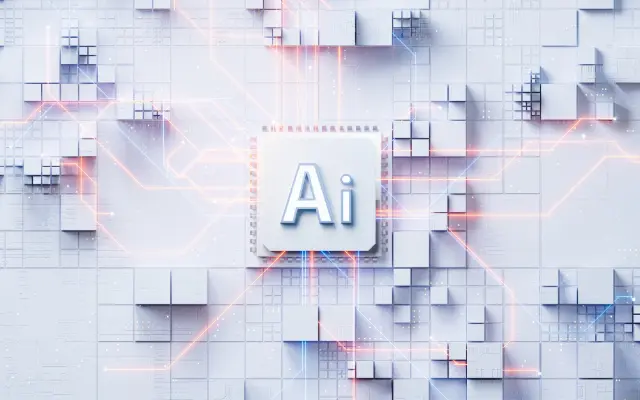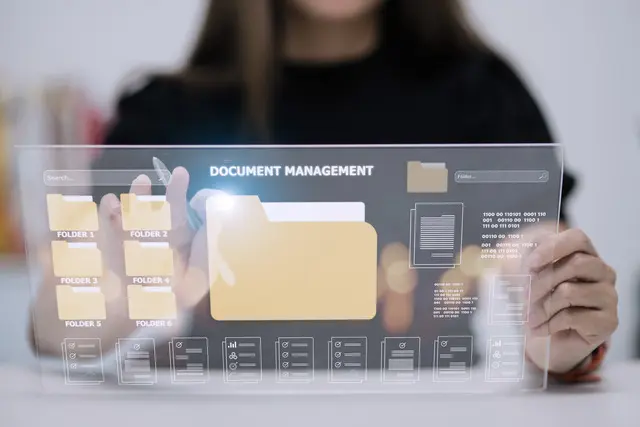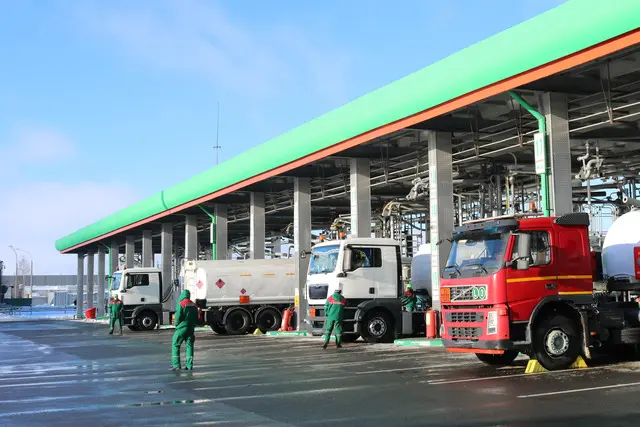Humanizing Proof of Delivery Automation for a Seamless Supply Chain
In the fast-paced world of supply chain management, Proof of Delivery Automation plays a pivotal role in ensuring efficient and accurate delivery processes. Proof of Delivery Automation using Python, AI, and cloud-based solutions streamlines the process of capturing proof of delivery, verifying information, and updating order status in real-time. This innovative approach humanizes the automation process, making it more intuitive and user-friendly for employees. By automating these tasks, businesses can significantly improve their supply chain efficiency and accuracy, leading to enhanced customer satisfaction and reduced operational costs.

Python, AI, and Cloud: The Power Trio for Seamless Proof of Delivery Automation
Python: Python’s versatility and simplicity make it an ideal choice for developing Proof of Delivery Automation systems. It allows businesses to create both unattended bots that can operate autonomously and attended bots that require human interaction for certain tasks. Attended bots offer a higher level of customization and can be tailored to specific business needs.
AI: AI plays a crucial role in enhancing the accuracy and efficiency of Proof of Delivery Automation systems. Techniques such as image recognition, natural language processing (NLP), and generative AI can be leveraged to automate complex tasks such as:
- Verifying signatures and photos for authenticity
- Extracting key information from delivery documents
- Identifying and handling exceptions or edge cases
Cloud: Cloud platforms provide a robust infrastructure for hosting and orchestrating Proof of Delivery Automation systems. They offer a wide range of features and capabilities that far exceed those of traditional RPA/workflow tools. These features include:
- Scalability to handle large volumes of deliveries
- High availability and reliability to ensure uninterrupted operations
- Integration with other supply chain systems and applications
- Advanced security measures to protect sensitive delivery information
By harnessing the combined power of Python, AI, and cloud, businesses can unlock the full potential of Proof of Delivery Automation, streamline their supply chain processes, and achieve greater efficiency and accuracy.

Building the Proof of Delivery Automation with Python and Cloud
The Proof of Delivery Automation process can be broken down into several key sub-processes:
- Capturing Proof of Delivery: Using Python, we can develop mobile apps or web interfaces that allow delivery drivers to easily capture signatures or photos as proof of delivery. These apps can be integrated with cloud storage services to securely store the captured data.
- Verifying Delivery Information: AI techniques such as image recognition and NLP can be used to automatically verify the authenticity of signatures and extract key information from delivery documents. This information can then be cross-checked against order data to ensure accuracy.
- Updating Order Status: Once the proof of delivery has been verified, Python scripts can be used to update the order status in the company’s ERP or CRM system. This ensures that the system has the most up-to-date information on the delivery status.
Data security and compliance are of utmost importance in the supply chain industry. Python and cloud platforms provide robust security features that allow businesses to protect sensitive delivery information. Python’s built-in encryption modules and cloud platforms’ compliance certifications ensure that data is handled securely and in accordance with industry regulations.
Compared to no-code RPA/workflow tools, Python offers several advantages for building Proof of Delivery Automation systems:
- Flexibility: Python is a versatile language that allows for greater customization and flexibility in the automation process.
- Scalability: Python scripts can be easily scaled to handle large volumes of deliveries.
- Integration: Python can be easily integrated with other supply chain systems and applications.
Algorythum takes a different approach to BPA by focusing on Python-based automation. This approach is driven by our observation that clients are often dissatisfied with the performance of off-the-shelf automation platforms. Python offers greater flexibility, scalability, and integration capabilities, allowing us to deliver tailored solutions that meet the specific needs of our clients.

The Future of Proof of Delivery Automation
The future of Proof of Delivery Automation is bright, with a number of exciting possibilities for extending and enhancing the proposed solution:
- Blockchain integration: Blockchain technology can be used to create a secure and tamper-proof record of proof of delivery transactions. This can further enhance the accuracy and reliability of the automation system.
- IoT integration: IoT devices, such as GPS trackers and sensors, can be integrated with Proof of Delivery Automation systems to provide real-time visibility into the delivery process. This can help businesses track the location of deliveries and identify any potential delays or issues.
- Machine learning: Machine learning algorithms can be used to analyze delivery data and identify patterns and trends. This information can be used to optimize delivery routes, reduce costs, and improve customer satisfaction.
We encourage readers to subscribe to our newsletter to stay up-to-date on the latest trends in Proof of Delivery Automation and other industry-specific automation solutions. Contact our team today to schedule a free feasibility assessment and cost estimate for your custom automation requirements.

Algorythum – Your Partner in Automations and Beyond
At Algorythum, we specialize in crafting custom RPA solutions with Python, specifically tailored to your industry. We break free from the limitations of off-the-shelf tools, offering:
- A team of Automation & DevSecOps Experts: Deeply experienced in building scalable and efficient automation solutions for various businesses in all industries.
- Reduced Automation Maintenance Costs: Our code is clear, maintainable, and minimizes future upkeep expenses (up to 90% reduction compared to platforms).
- Future-Proof Solutions: You own the code, ensuring flexibility and adaptability as your processes and regulations evolve.









